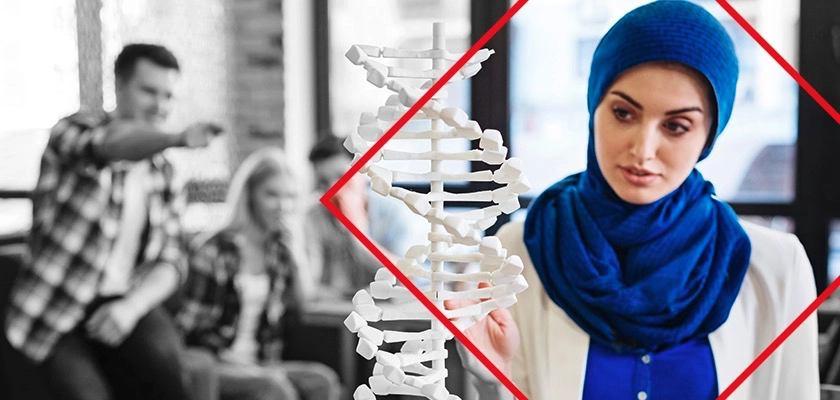How to Effectively Facilitate Your Online Course to Drive Student Engagement | Nahel Awadallah
We interviewed Nash Community College instructor, Nahel Awadallah, about building student engagement in online anatomy & physiology courses.
We interviewed Nash Community College instructor, Nahel Awadallah, about building student engagement in online anatomy & physiology courses.
How would you recommend a new faculty member get started?
“I recommend that a faculty learn about the McGraw Hill Connect® resources. They can start with the SmartBook® and chapter assessments question bank.”
SmartBook engages students in the material and assesses what they learn as they proceed through the content. This is especially important in a fully online course because as the instructor, I can see where the students are struggling and ensure I address these areas.
What are some of the standards you need to keep in mind?
"1. Students must be introduced to the purpose and structure of the course (stress pace and matching seated LOs). It is also important to make it clear how to get started and where to find various course components.
2. It is suggested that a faculty introduces Connect to students on the first day of the course. A quick presentation of the benefits of using Connect and an introduction to the Connect resources that will be used for the course is recommended.
3. The course content and learning activities are directly related and in support of the achievement of the stated learning objectives."
What specific Connect tools would you recommend using?
"1. SmartBook—engages students in the important content of the textbook
2. Question test banks—engage them with summative assessment
3. Anatomy & Physiology Revealed (APR)—3D models and animations, as well as histology and dissection, are fun and interesting
4. Virtual Labs—these are interactive, so students stay engaged and are checked for comprehension throughout"
What is your favorite tool in Connect for A&P to drive student engagement?
“APR and Virtual Labs. My students truly enjoy the APR resources. I assign a simple activity asking students to use the dissection feature in APR. They have to find five interesting skull bones and five muscles in which they’re interested. They save the dissection photos and submit them as their first pre-lab activity. Once complete, I ask them to share a 3D video or active learning animation they enjoyed in APR. We use APR's interactive videos during lab time.”


